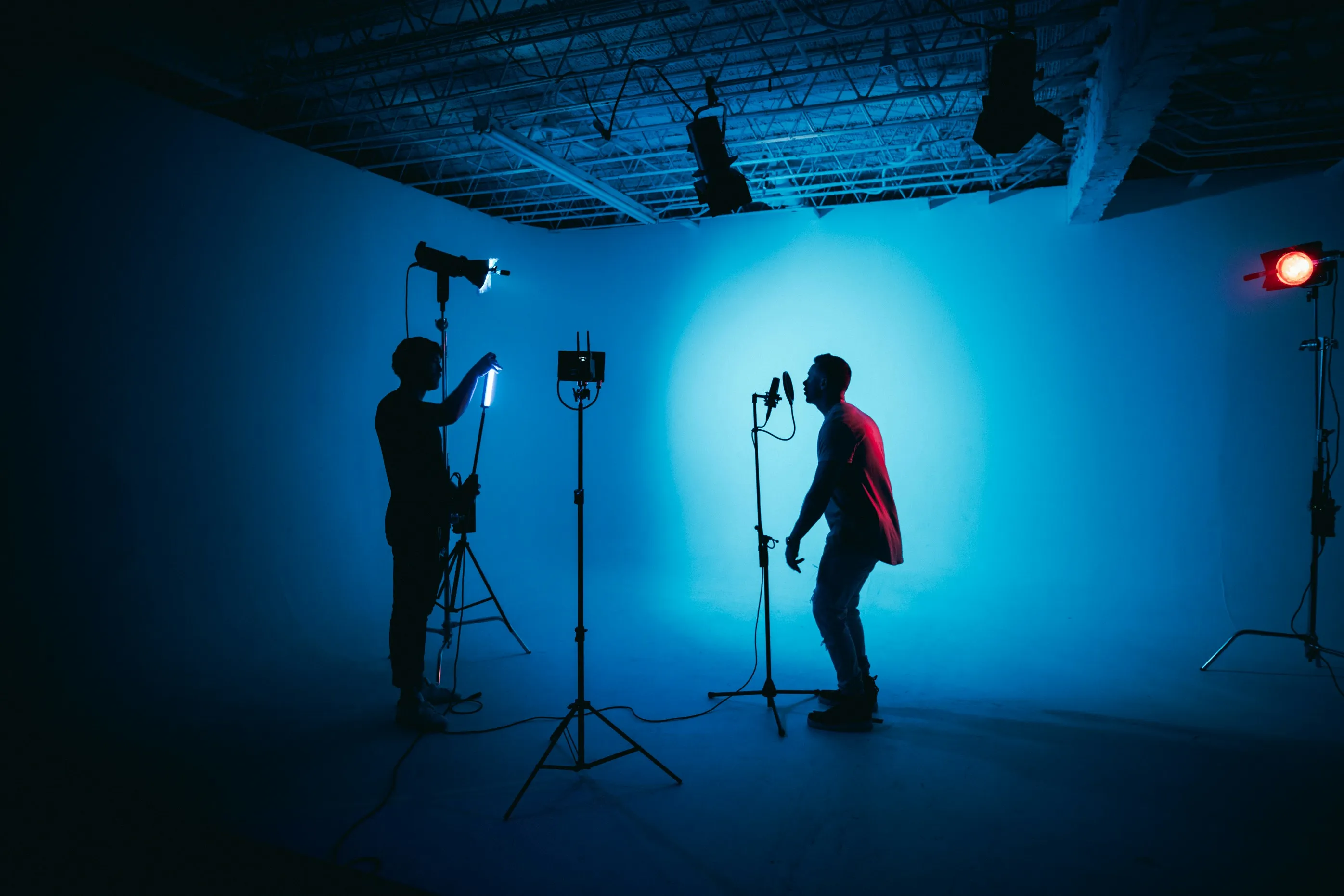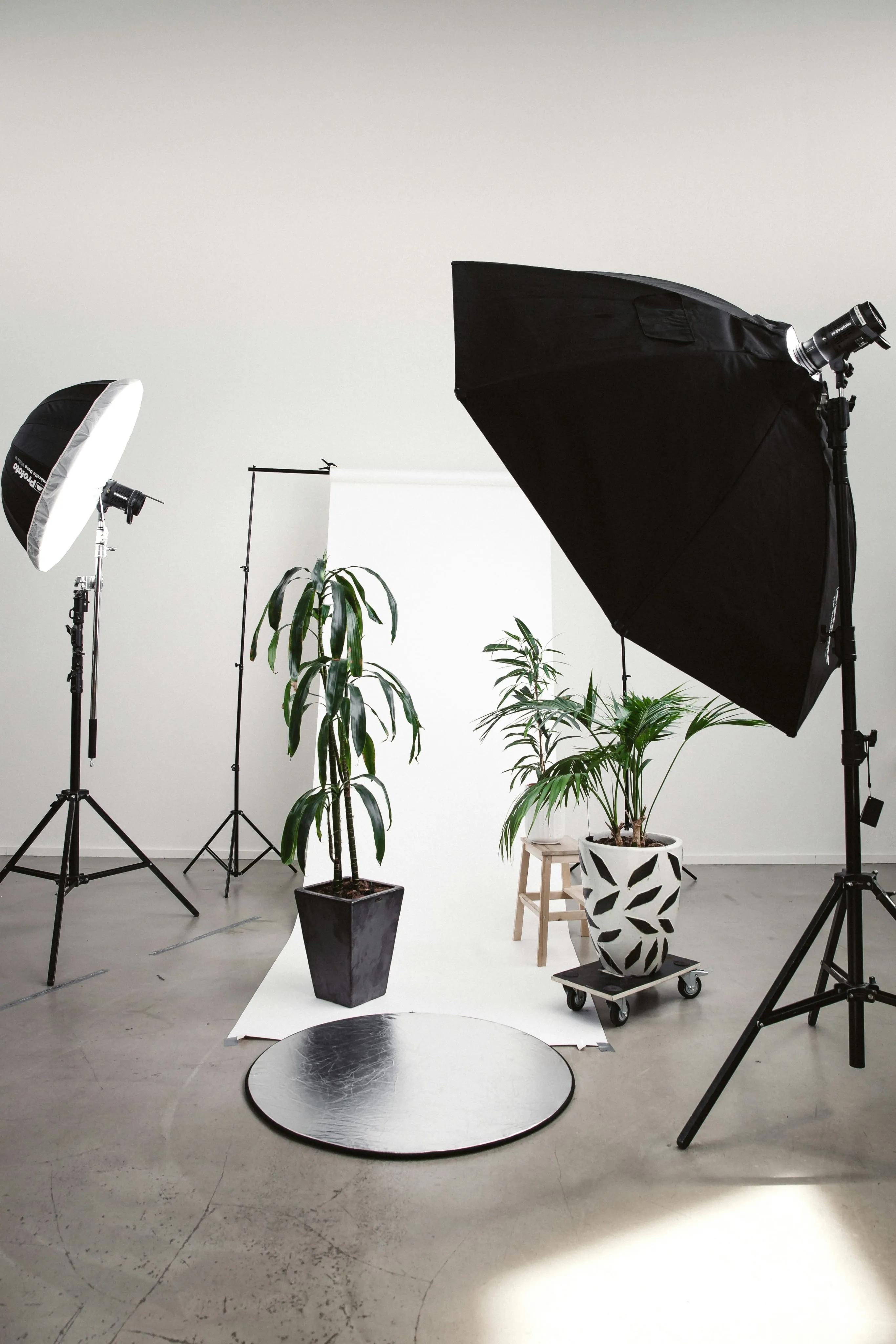Clip-ons & Connections || ProCourse: Microphones with Romario Hunte Part C
Blog/Article
.cleuzwjmb00tg3b7r3vv898aldepositphotos54716043l1024x6830fb2ff3ba46b47651591c379ba5fe5b69e0178899d6c134ba33453b9aaa7ae9e-3dcf8aa2ad94c9b5e2521db8b6c21c6886facdfa8e19a32886018a5e392dd50b.webp)
Clip-ons & Connections || ProCourse: Microphones with Romario Hunte Part C
The microphone we’ll be discussing in this ProCourse is referred to by several names; a clip on, a pin on, a lapel, or the most professional term, a lavalier microphone. This microphone is commonly used in interviews, but also in other scenarios where you just want the person who is wearing it to be heard. It also allows that person to be handsfree, which makes it ideal for demonstrations.
There are two ways this type of microphone is usually connected to a camera. One way is with a cable directly to the camera. The Boya lavalier microphone, which can be plugged into smartphones as well as your camera, has a really long cable that allows you to have distance from the camera while connecting to your talent. You also have the option of a wireless transmission where your lavalier microphone plugs into a wireless transmitter and it sends a signal to the wireless receiver which would be attached to the camera. The benefit of this is that it allows you to be a lot more flexible as opposed to having the obstruction of a really long cable connected to your camera. However, you need to be aware that if you move too far away from your transmitter or receiver, you can lose your radio signal.
Another point to note is how you are making connections with your microphones. The most common way for microphones to be connected is an XLR connection. The other way you could be connecting your microphone is with a 3.5 millimetre connection. Some microphones can also be connected via usb cable, which leads us to our final microphone, the Razor Siren, which is also a condenser microphone.
Why would you use this set up? Let’s say you’re doing a podcast, you can plug the Razor Siren directly into your computer to get very good audio. With all these different methods to transfer audio signals, it is important for you to know what kind of connections you’re going to be working with when you are choosing your microphone.
.SummitRentalsDoorSign-60e75dc621918dc226f5df1ea9680c16e3aa1aa8bc81816986015b1722eb4be3.png)

